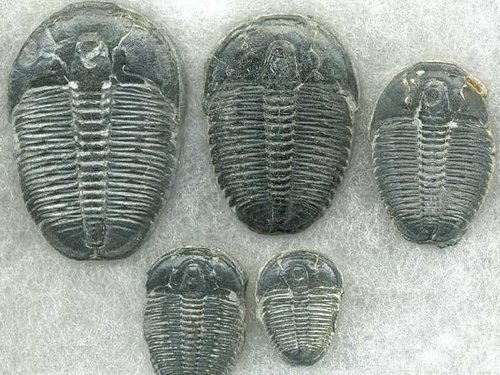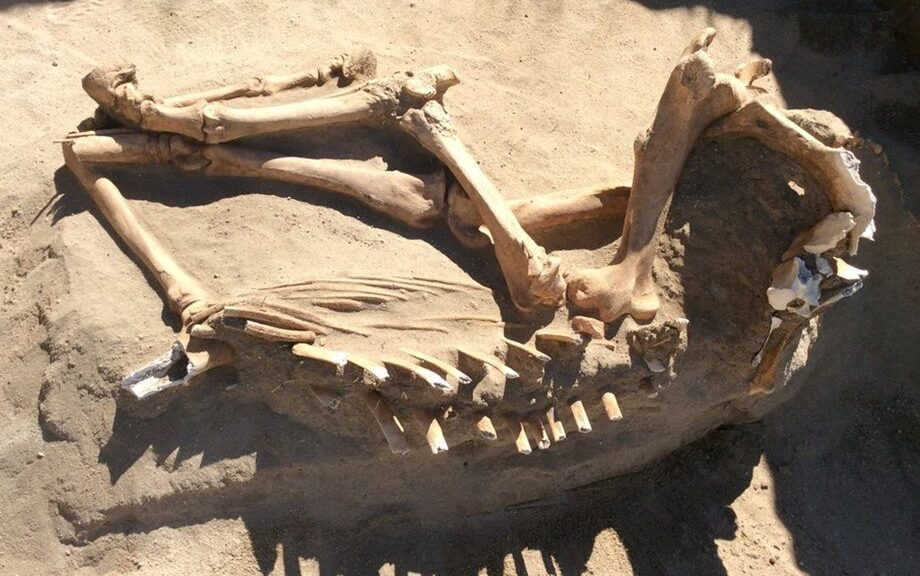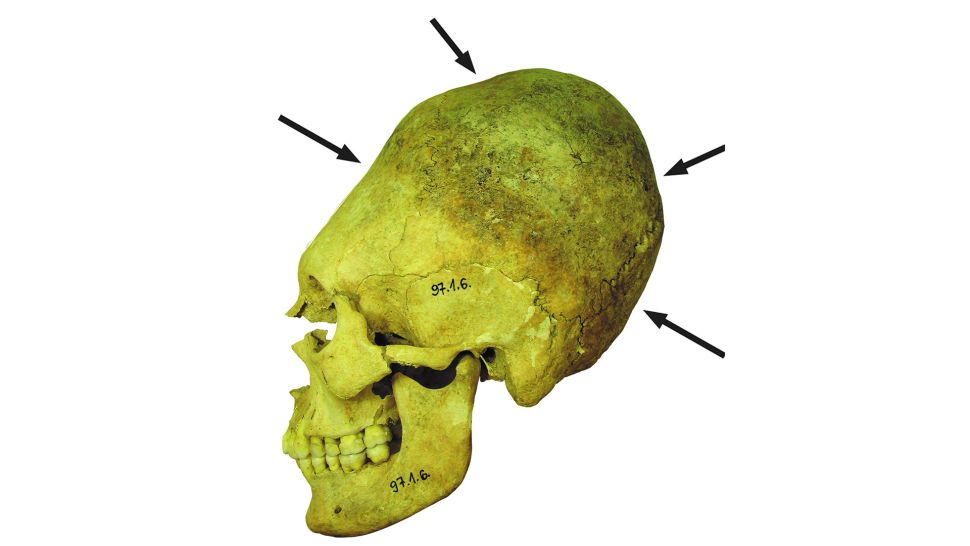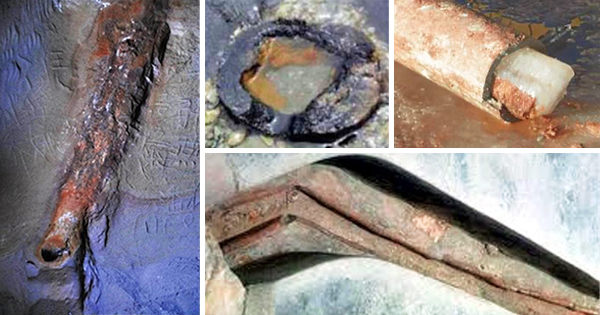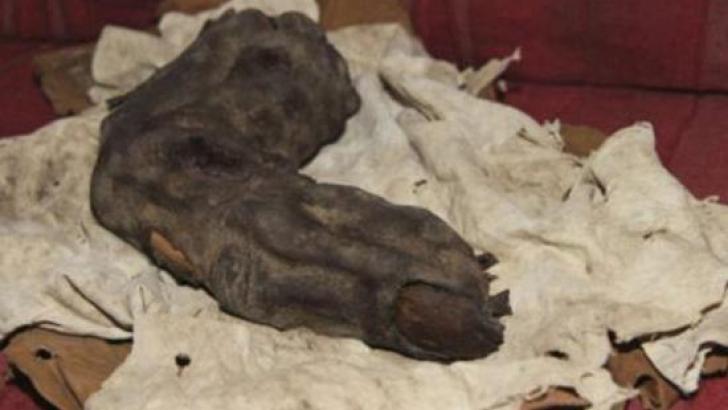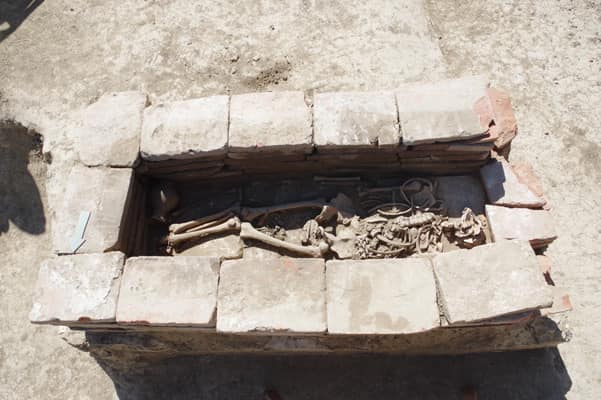Thousands of ancestors’ remains, sacred objects to return home to North Dakota tribe
In a storage room at the University of Tennessee’s anthropology department, the remains of almost 2,000 Arikara and Mandan people rest in boxes, alongside the sacred objects buried with them centuries ago.
There, 65-year-old Pete Coffey, director of the Tribal Historic Preservation Office for the Mandan, Hidatsa, and Arikara Nation, reunited with his ancestors in 2017.
“The only thing I can tell you is that I felt the presence of those ancestral spirits very strongly when I walked in there,” he said.
The Native American remains stored there were buried centuries ago along the Missouri River in South Dakota, according to a Federal Register report published in November. The 1,971 ancestors and 2,263 funerary objects have been traced to the Arikara and Mandan, who once lived in earth lodges along the river. The tribes, along with the Hidatsa, now live west of there on the Fort Berthold Reservation in North Dakota.
In the mid-1900s, archaeologists excavated the burial sites along the Missouri River in South Dakota as part of the Smithsonian’s River Basin Survey. The survey was an effort to gather as much archaeological information as possible before dams and reservoirs flooded areas along the Missouri River following the 1944 Flood Control Act.

For the MHA Nation, that meant thousands of their ancestors were taken out of the ground. An archaeologist who helped excavate the remains eventually transported them to the University of Tennessee, where they’ve been stored since before the Native American Graves Protection and Repatriation Act (NAGPRA) was passed in 1990. The act asked federal agencies and museums to take inventory of Native American remains and funerary and sacred objects in their possession and to work with tribes who have a claim to return the remains.
Coffey said NAGPRA gave tribes “the right to repatriate these remains which were taken with no thought of human decency, either by collectors or by archaeologists from museums and put on display.”
Coffey has been working with universities and museums across the U.S. that have reached out since the act was passed in the hopes of returning remains. Still, the MHA Nation is just one of the hundreds of tribal nations across the country working to reclaim their ancestors since the act was passed. The Federal Register regularly posts reports alerting tribes to collections.
Dustin Lloyd, the burial coordinator for the South Dakota State Historical Society’s Archaeological Research Center, said some members of the scientific community worried about losing data or information from burial grounds after the act was passed. But Lloyd said the issue is more human than that.
“These were people at one point,” he said. “They were family members, they were fathers, sons, grandmothers. That’s why protection in place is such an important aspect of NAGPRA.”
Reburial this summer
Since 1990, Coffey has helped reclaim tens of thousands of his Mandan, Hidatsa, and Arikara ancestors across the country. When remains are returned, he consults with tribal elders to determine where and how they should be buried. He said, for the most part, remains are simply put back into the ground, as all the prayers and ceremonies were performed at the original time of burial.
Sometimes, remains are returned to the sites near where they were originally taken. But when that’s not feasible, Coffey said, the remains are repatriated, or given back, to the tribe for reburial on their land.
This summer, the MHA Nation will rebury thousands more of their ancestors. Ellen Lofaro and Robert Hinde at the University of Tennessee started working on the repatriation of remains in 2016 and 2017, respectively. Lofaro, a curator of archaeology, said NAGPRA “not only gives tribes a voice at the table but a power to make decisions. Archaeologists did not always take their wishes and desires into consideration.”
The university contacted the MHA Nation to let them know they had thousands of remains and funerary objects in storage. The next year, 2017, Coffey came to see the remains for himself.
The university, the tribes, and the Army Corps of Engineers for the Omaha District — which owns the land where the remains were excavated — had to meet to determine how to proceed according to NAGPRA rules.
“We’re pretty grateful NAGPRA has a process we feel is successful in helping get these ancestors back to their families,” said Julie Jacobsen, cultural resources program manager for the Corps’ Omaha District.
Because the Corps is the largest land management agency in the U.S., they have “a lot of land with a lot of sites” where collections were excavated prior to NAGPRA. Making sure these collections are properly cared for by those managing them and working to get them repatriated is a “big responsibility,” Jacobsen said. She added that the collection at the University of Tennessee is abnormally large compared to most the Corps works to repatriate.
Overall, Coffey said working with the university and the Corps to repatriate the remains has been a very positive experience.
Jacobsen said the Corps is working to determine how many trailers will be needed to safely return the remains and sacred objects to the MHA Nation and to devise a security plan to protect the remains during the long drive from Tennessee to Fort Berthold.
Hinde said the remains are set to be transported home this summer when cold weather isn’t a factor. There, at Fort Berthold, the tribal ancestors will be laid back to rest.

